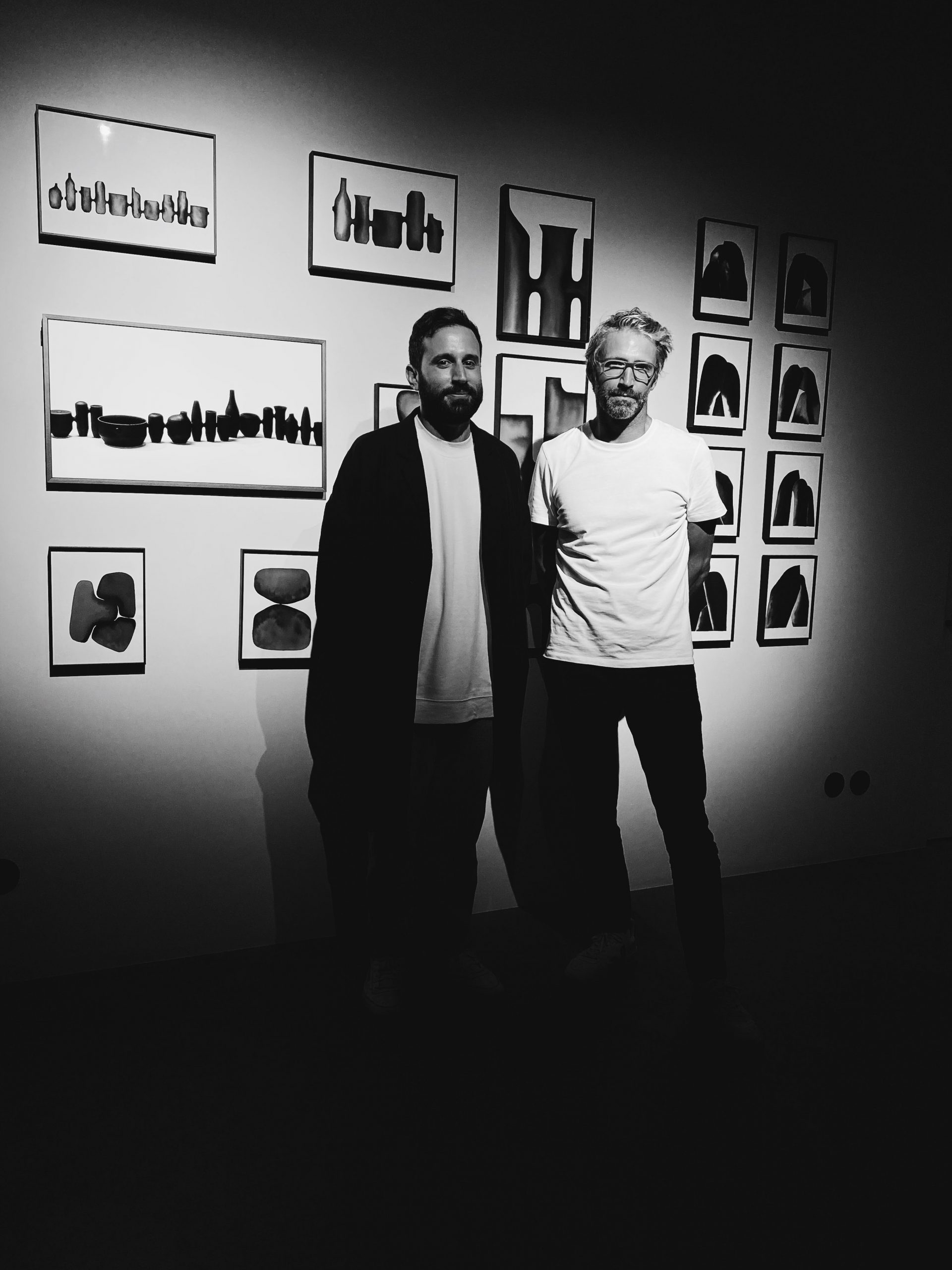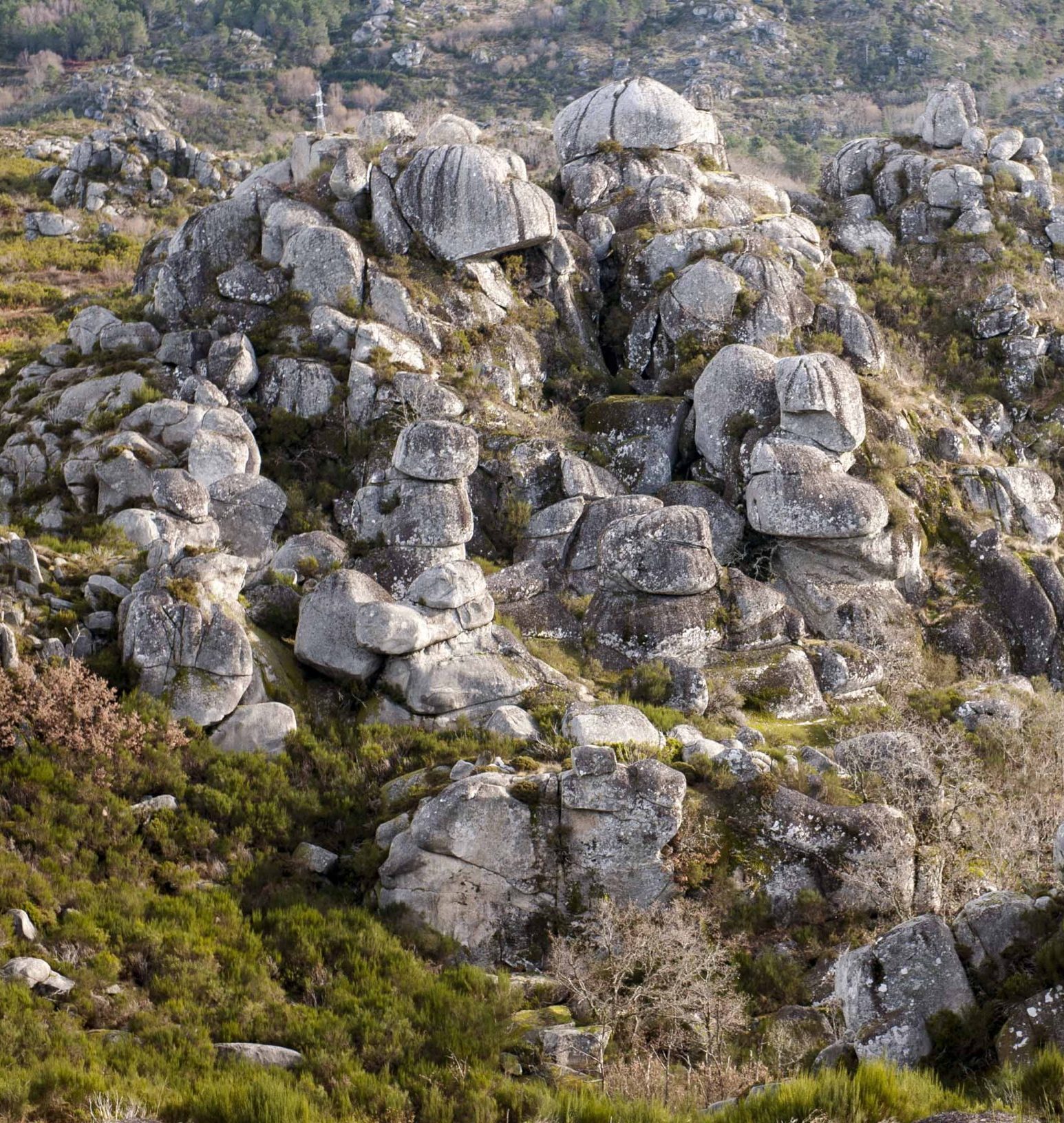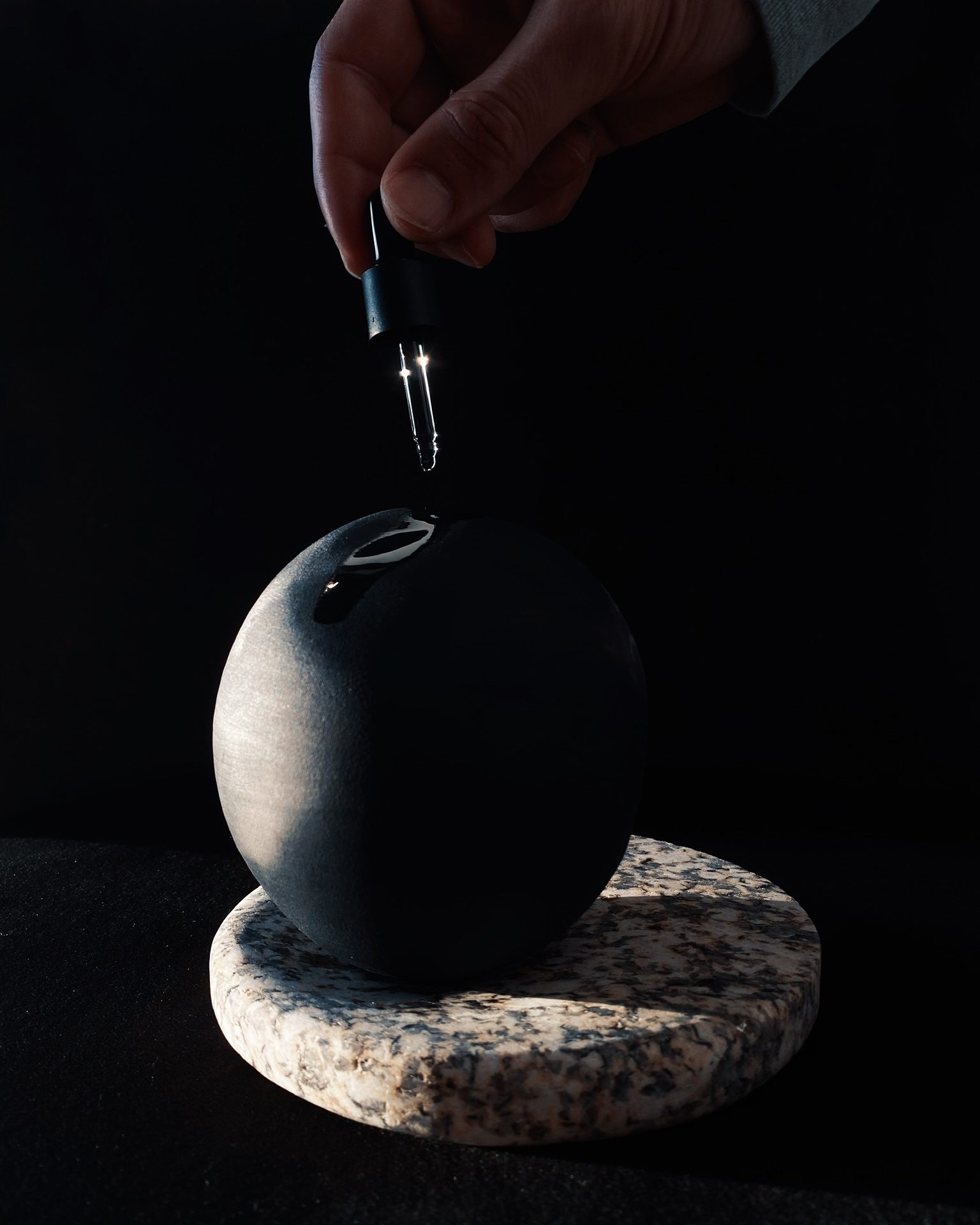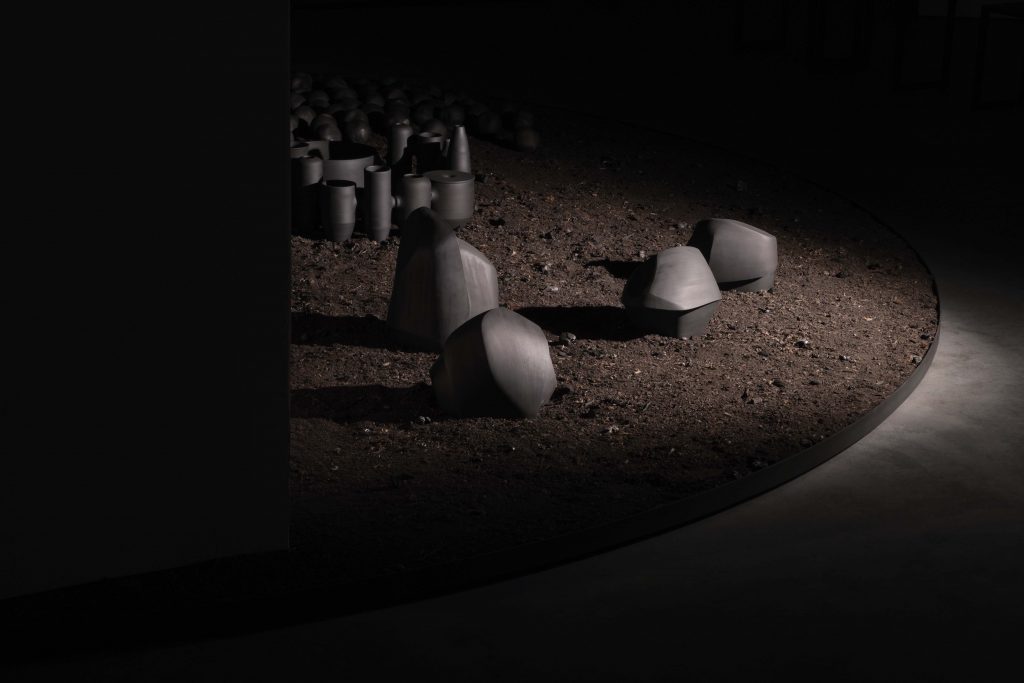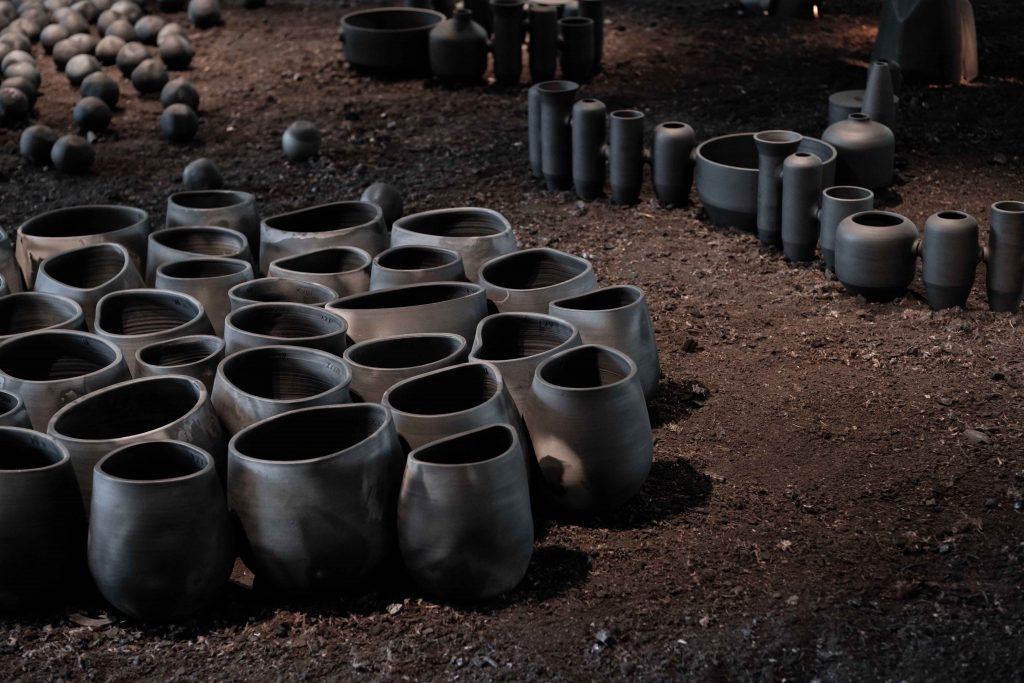In conversation with Moullinex about his work as a composer for the Barro Negro collection.
Lisbon based DJ, musician and producer Moullinex (aka Luís Gomes) thrives in intersections: science and art, spontaneity and formalism, organic and artificial, isolation and community. Made in Situ paired up with Louis Clara Gomes AKA Moullinex for the first collection Barro Negro, a collection rooted in the Tondela region, Portugal.
What was your involvement in the Made in Situ project?
I was responsible for putting sound and music to it. It was a very interesting challenge to compose a score to a collection of objects, as despite them being static by definition they can evoke emotional responses which are dynamic, subjective and ritualistic. The first medium was the documentary film, which I have more experience with, but I was also tasked with sonifying the actual installation, which was both a technical and creative challenge – those are the ones I’m most drawn to.
You are from Viseu, the district of Tondela, for those that don’t know this region could you describe it to us?
I can’t help but be affected by the granitical landscape of Caramulo. Knowing these geological formations appearing to have fallen from the skies millenia ago is a helpful reminder of “the speck of dust” Carl Sagan alluded to in Cosmos. Being faced with something vastly bigger than the scale of humanity is an emotional experience for me.
I would characterize the people in my region as these rock formations: they are peaceful, austere but soft around the edges.
